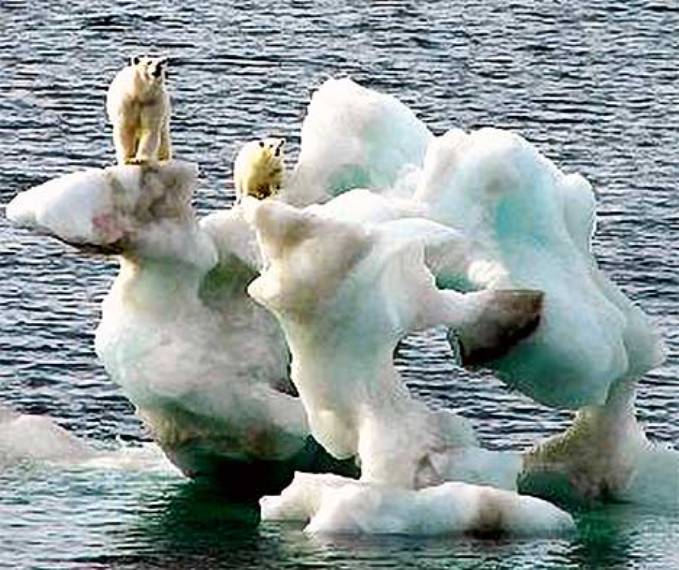But you need a huge amount of it to really see its color. It’s like a teaspoon of oil, it looks transparent on a white spoon, but in the bottle looks yellowish.
If the ocean owed its color to the
sky, it
would be a different shade of blue and it would be white on cloudy
days.
You can see clouds reflected in the surface on the sea, but they don’t
completely change its color.
Some constituents of sea water can
influence
the shade of blue you see in the ocean. This is why it can look
greener
or bluer in different areas.
Swimming pools with white bottom,
would
have water that look transparent not turquoise blue, as it is observed
even in indoor pools, where there’s no sky to be reflected.
The scientific explanation involves the theory of radiative transfer
(absorption
and scattering), and the material's electromagnetic spectrum.

